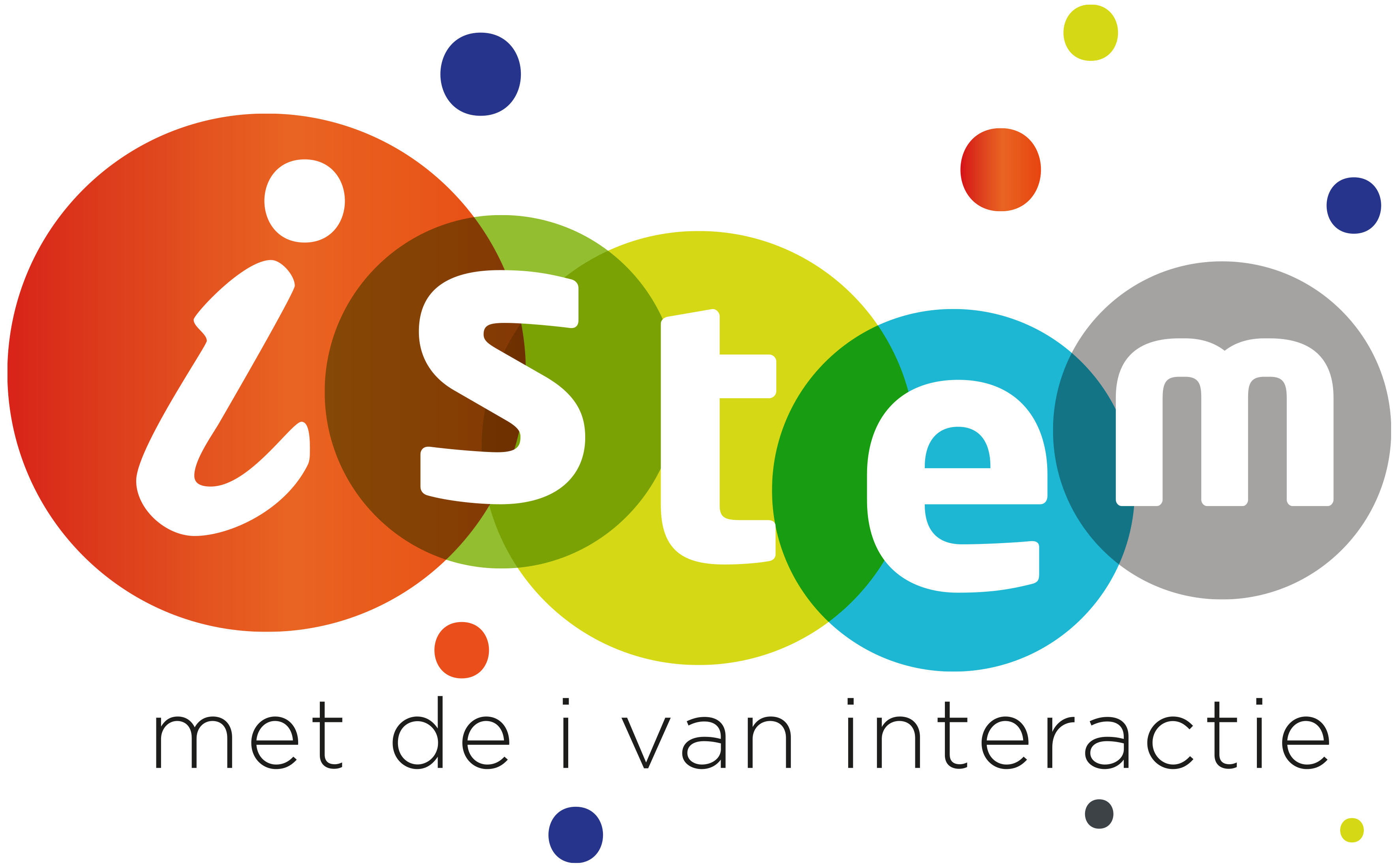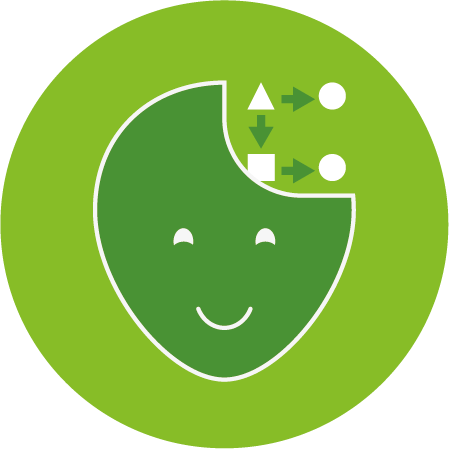In the Classroom
We demonstrate how computational thinking can be integrated meaningfully and from practical contexts into the curriculum. This extends to subjects in technical and scientific directions, as well as within language and human sciences. Our innovative learning materials are intertwined with the existing 'AI at School' curriculum, which addresses computational thinking in the first, second, and third grades, each within various contexts. Here, we focus on a multidisciplinary approach with attention to the impact of new technologies on our rapidly changing society.
For Everyone
Because computational thinking strongly focuses on problem-solving skills, it can be addressed in any existing subject in regular education. It involves problems for which the solution is often easier obtained with the help of a computer.
With and Without Computer
Through programming lessons, you can put many concepts of computational thinking into practice. However, you can also learn a lot about computational thinking without a computer. There are many interesting unplugged activities possible for this purpose.
Professional Development
With this project, we help teacher trainers and secondary school teachers get started through a flexible, online learning trajectory with concrete teaching materials integrated into STEM projects. We also provide insights on how to translate computational thinking into the specific context of their own study direction.
Content
The professionalization of teachers deserves attention because they are often insufficiently trained in the concepts of and possible approaches to, didactics, and evaluation for computational thinking. An overview of all learning paths can be found at the end of the learning path 'Importance of Computational Thinking'
New Terminology
It is important to familiarize teachers with the terminology so that they can recognize aspects of computational thinking in their own teaching materials, and their confidence to teach about computational thinking grows. To this end, there is a need for a wide range of high-quality teaching materials that we try to meet.
Scientific Research
Research is still ongoing on how computational thinking is best addressed in education. Here we try to give you a guide to get started, while we follow up on the findings.
Learning Paths
Below you will find a wide range of learning paths. Topics range from 'Definition and Focus Points' to 'History' and even 'End Goals and Minimum Objectives'
Congres
In 2023 we organized a conference on computational thinking. Here you will find the presentations back.
Learning paths
No learning paths could be found with your preferences.
Files

Partners






